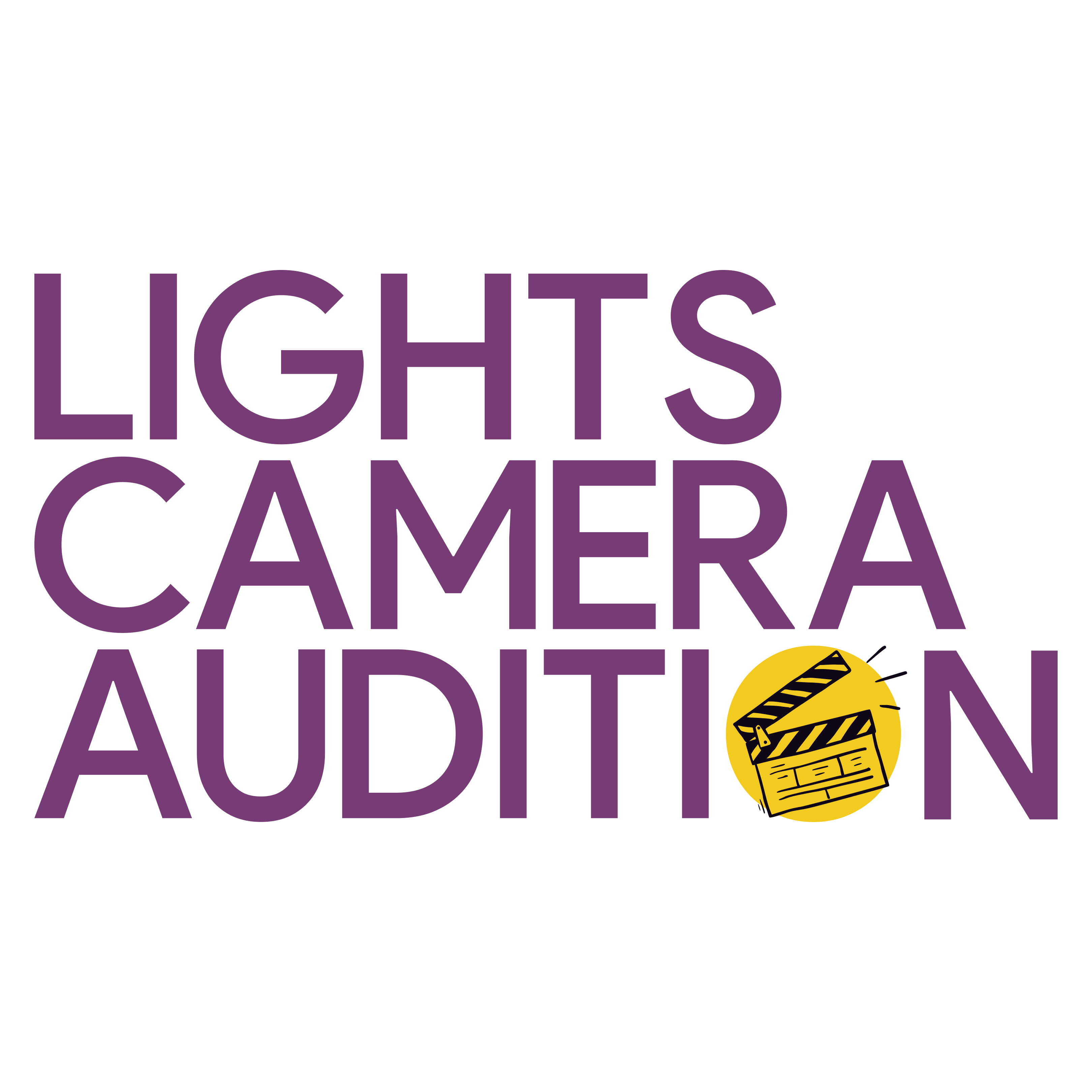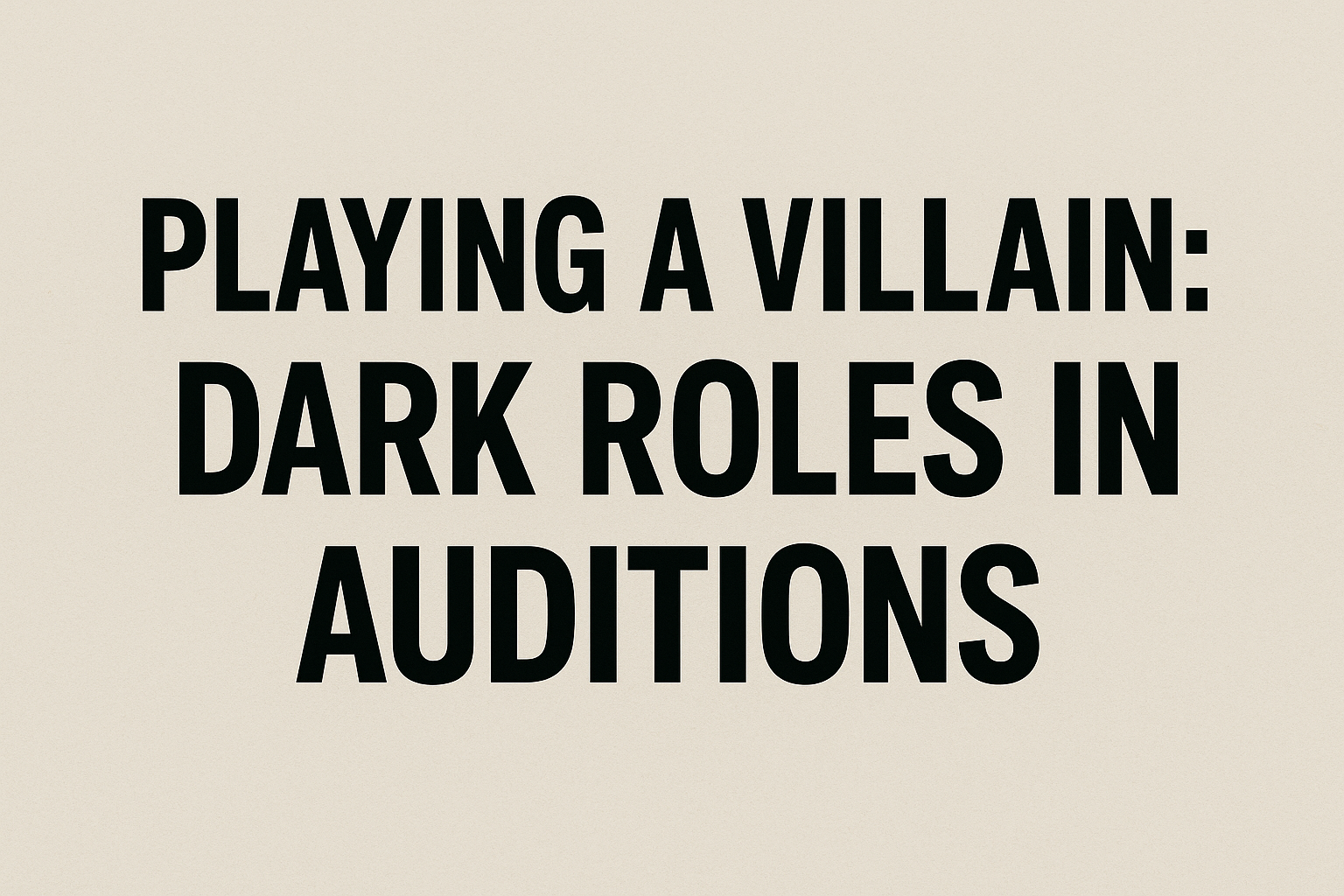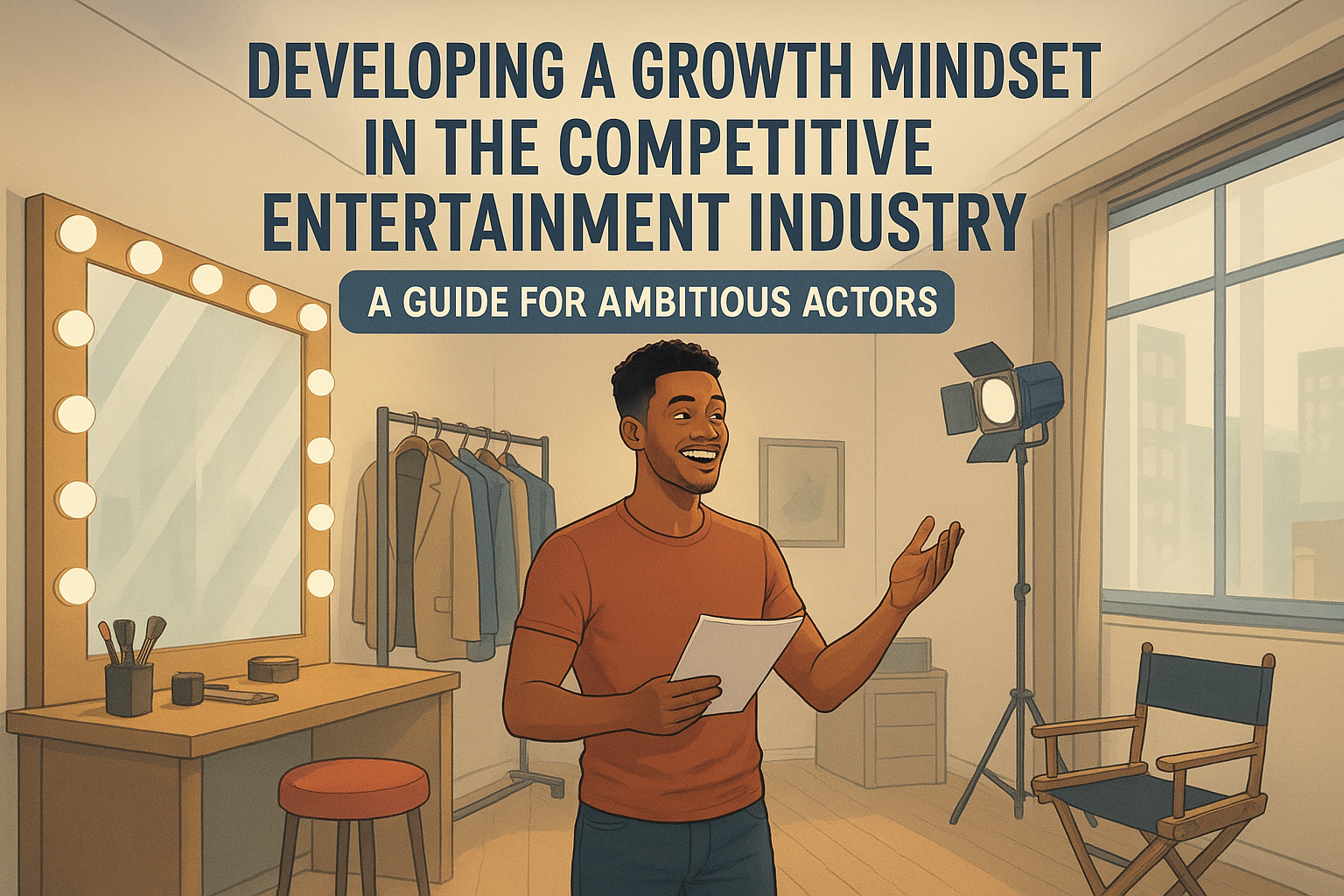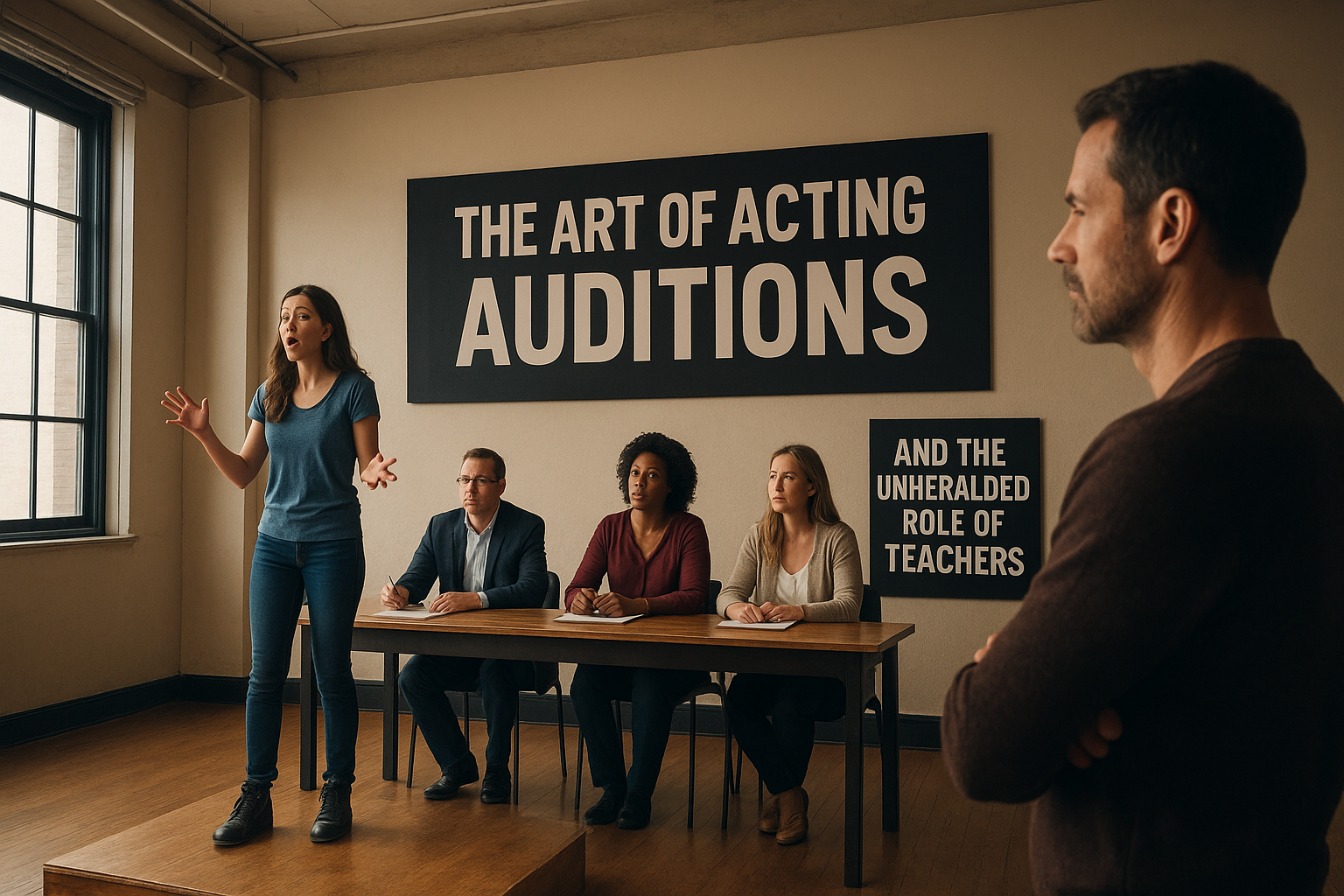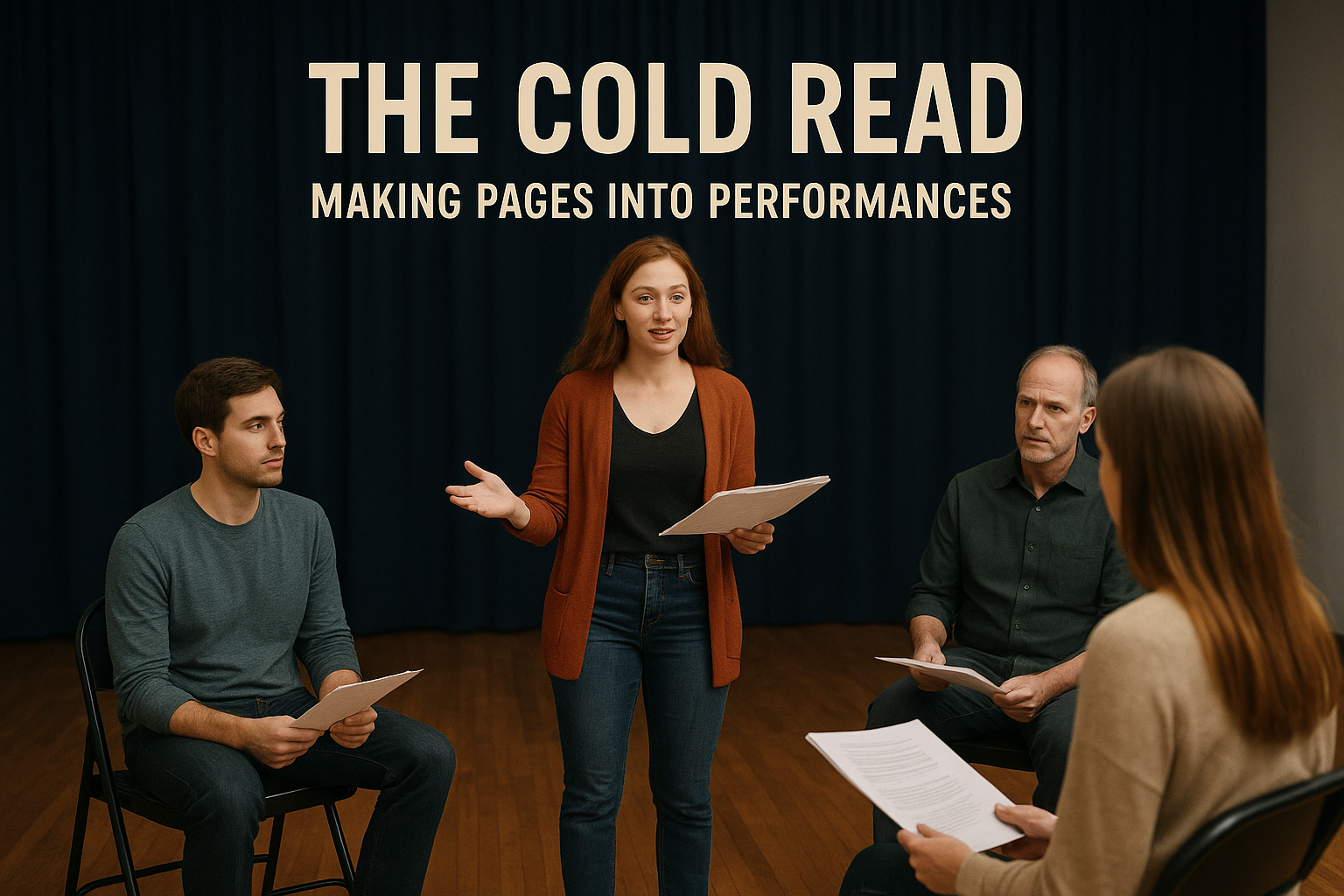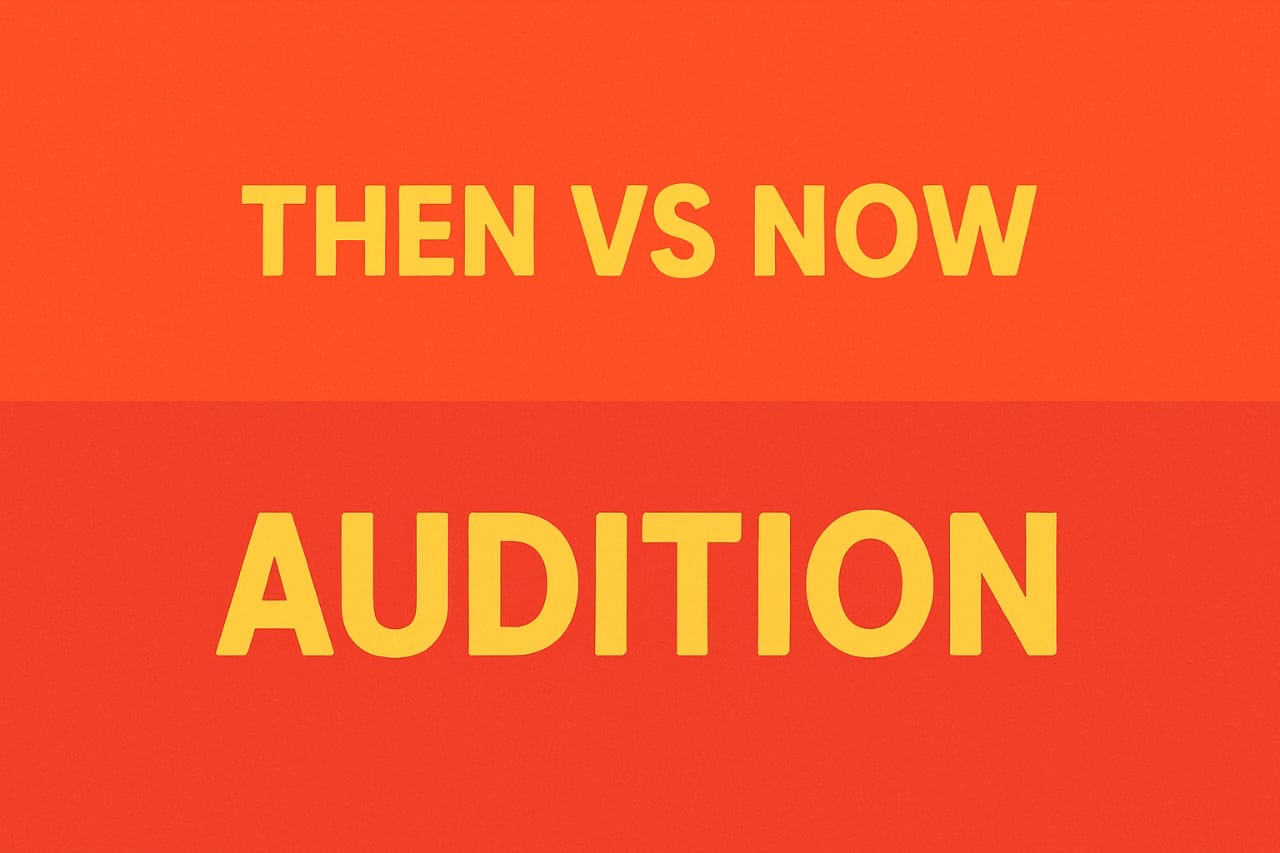
Auditions have come a long way from crowded casting rooms and printed headshots to Zoom calls and self-taped submissions. The evolution reflects not just technological shifts, but a whole new approach to how talent is discovered and cast.
Then, actors would line up outside studios, often waiting hours for a two-minute shot in front of a casting director. Physical portfolios, in-person charisma, and word-of-mouth were key to getting noticed. A missed audition often meant a lost opportunity — no do-overs, no second takes.
Now, everything has gone digital. Self-tapes allow actors to audition from anywhere, with time to perfect their takes. Online platforms connect talent with opportunities globally, breaking down geographic barriers. Social media presence, reels, and virtual callbacks are becoming just as important as traditional resumes.
While some miss the raw energy of in-person auditions, the shift has democratized access. Today, it’s not about being in the right city — it’s about showing up with skill, creativity, and professionalism, wherever you are.
As technology continues to evolve, so will auditions. But one thing remains the same: talent, preparation, and authenticity always shine through — no matter the format.
When it comes to acting, playing a villain is considered a challenge and a golden chance. Villains are multilayered, multi-dimensional, and probably the most remembered characters in a narrative. Be it old Bollywood films such as Gabbar Singh from Sholay or OTT villains such as Guruji from Sacred Games, dark roles determine an actor's fate. But auditioning for a villain is an altogether different. It needs a firm grasp of psychology, body language, and emotional regulation. If you're a newbie or a seasoned actor wanting to master your craft, this blog will walk you through all that you need to know on how to audition for villainous roles.
In the high-stakes, emotionally demanding world of acting, rejection is frequent, uncertainty is constant, and comparison can feel unavoidable. The entertainment industry is as competitive as it gets—and in such an environment, your mindset can make or break your journey. While talent, networking, and luck all play their part, there's one internal tool that can drastically shift your trajectory: a growth mindset.
In showbiz, auditions for acting are the initial and most often essential step toward a dream. For aspiring actors, an audition is not simply reading lines or acting in front of a casting director—it's a moment of exposure, innovation, and bravery. But behind every assured performance are years of education, instruction, and mentoring. And on Teachers' Day, it is only appropriate that we acknowledge the unseen architects of every actor's journey—their teachers.
There is a moment every actor fears: the casting director places a script in your hands you've never laid eyes on before and says, "Take a minute, and when you're ready, we'll begin. Welcome to the cold read — perhaps the most unpredictable, yet vital portion of an actor's career. Whether you're auditioning for theater, television, or voiceover, cold reading is the skill that can break or make your chance at a role. But the good news is this: like every other craft, it can be practiced, honed, and eventually mastered. In this post, we will analyze what cold reading actually is, why it's important, and how you can transform a cold script into a warm, breathing performance.
Lights Camera Audition!
Don't miss out on the latest updates, audition calls, and exclusive tips to elevate your talent. Subscribe to our newsletter and stay inspired on your journey to success!
